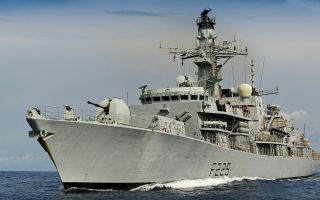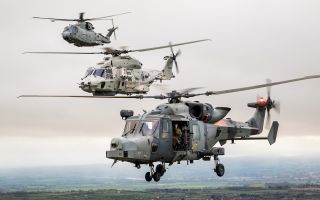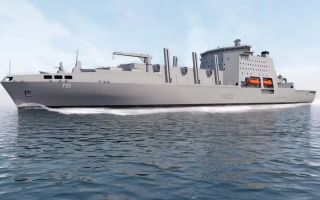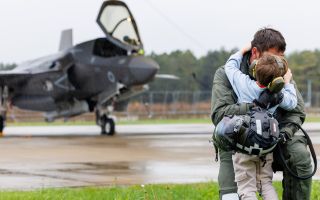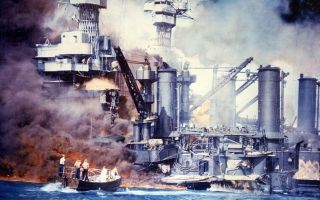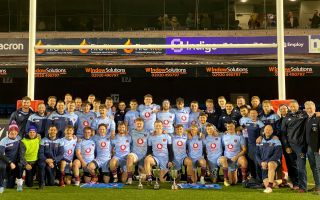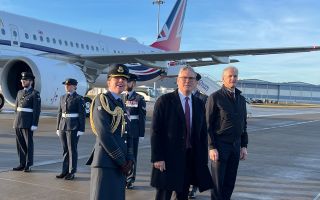RAF and allies practise offensive operations in Europe's biggest aerial battlespace
The RAF has joined 13 other nations to complete one of Europe's largest air exercises.
Known as Arctic Challenge, this complex multinational exercise – hosted by Sweden, Finland and Norway – saw more than 3,000 troops and 150 aircraft converge in the High North.
It happens every two years but, the last time it took place, Russia had not attacked a European nation and, in turn, this year the focus has switched to offensive operations.
The RAF says the exercise "aims to strengthen the participants' national defence; increase operational effectiveness; improve resource allocation and identify efficiencies through increased co-operation".
'Main focus is offensive'
This year, for the 14 nations taking part in the exercise, including the US, Canada, Germany, Belgium, Italy, the Netherlands and the Czech Republic, it is no longer just about defence.
Colonel Carl-Fredrik Edström, exercise director for Swedish Air Force, told Forces News: "We are exercising both defensive – to defend from an attack – but our main focus is offensive, to be able to strike through an enemy's own air defence and target vital targets, to take them out, making it impossible for the aggressor to attack us."
Major General Jonas Wikman, the commander of the Swedish Air Force, believes Exercise Arctic Challenge is a really "big step" in the right direction for air defence.
"I think we all have to and all feel the pressure to develop our capabilities further in this situation and this environment that we are facing," he said.
Maj Gen Wikman added: "We are taking really good steps in that direction and this is one big step for us."
Hosted by airbases in Finland, Sweden and Norway, the exercise involves 3,000 troops and 150 aircraft, making it one of the biggest air exercises in Europe.
Unhampered by civilian planes, each afternoon, around 100 aircraft simultaneously take to the Nordic skies.
The British are based out of Lulea, Sweden – with 11 Fighter Squadron over from RAF Coningsby, some days playing the allies, some days the enemy.
Two hours north of Lulea, the threat emitter team from RAF Spadeadam in Cumbria sits with Soviet ground-to-air missile systems.

Falcon 20
During the exercise, there are teams on the ground playing the enemy, and there are teams creating 'red air' – the enemy in the skies – and, to make that enemy seem even more realistic, they use the Falcon 20 aircraft.
Flown by civilians, but paid for by the RAF, the Falcon 20 not only jams communications and radar of the good 'blue' force, but it can also be a kind of chameleon.
It can pretend to be a whole host of different aircraft that the enemy might have within their arsenal – all in a single plane.
Steve White, a Falcon 20 pilot, told Forces News about some of the benefits of the aircraft, such as being able to carry multiple different pods.
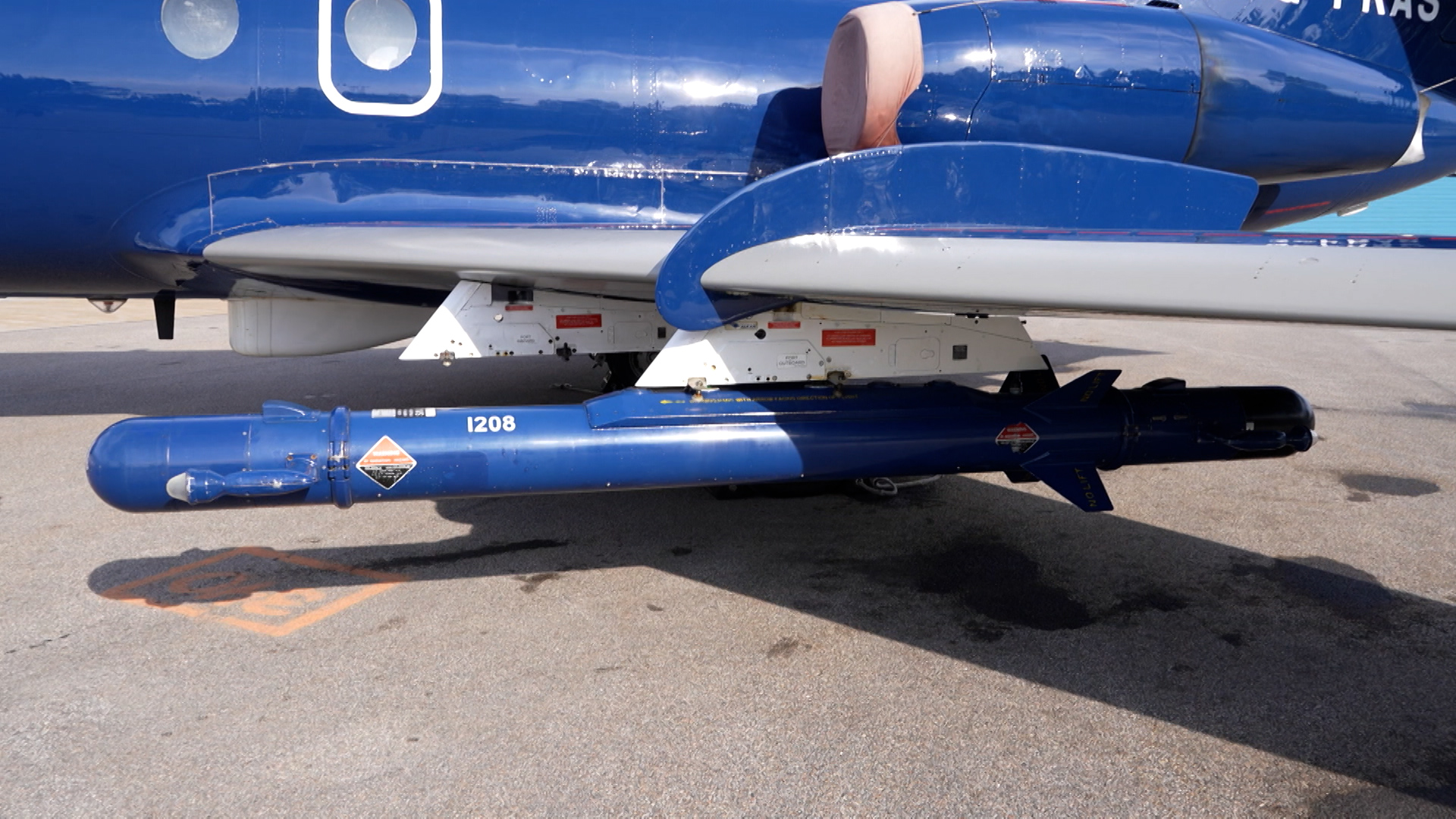
"There are hard points under the wing and we can fit a variety of different pods depending on what tasking we are going to do," he said.
The pods jam the radar, both of fighter jets and ground-based weapons systems, whereas the kit at the back of the plane jams the allies' communications. The pods are also what allow the plane to do the great chameleon trick, known as threat simulation.
Making its debut appearance fully deployed on this exercise was the Voyager aircraft – the UK's international fuelling station.
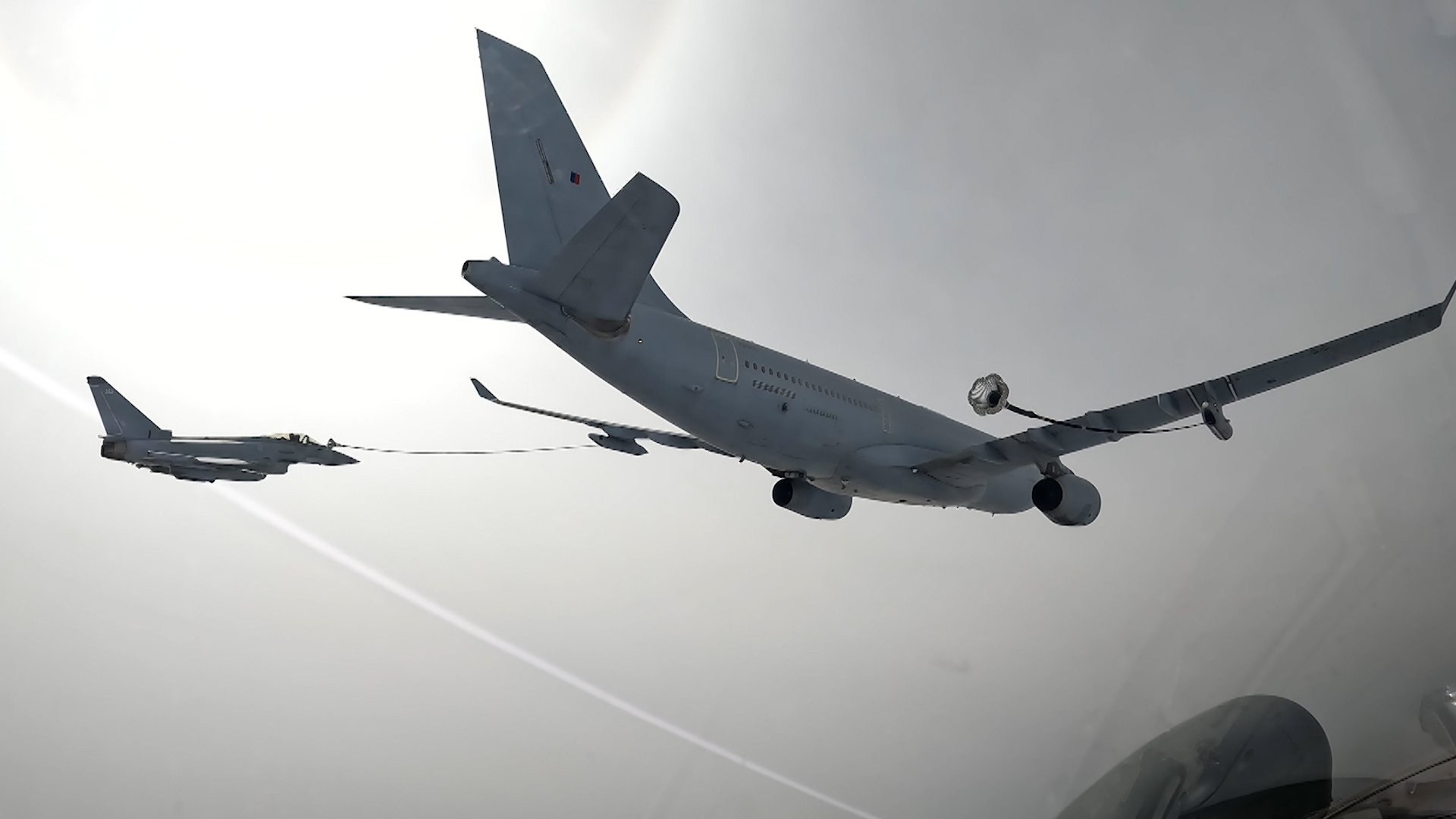
It was there to refuel Finnish F-18s, German typhoons, British typhoons, French mirages and, for the first time, the Swedish Gripen – the aircraft the Swedes have said they will train Ukrainian pilots on – although they have yet to commit to delivering any of the aircraft.
The air space on the exercise has provided the UK with a "different element" to anything they can experience in the UK.
Wing Commander Mark Robertson, the UK Detachment Commander, told Forces News: "The air space here is about twice the size of that we have in the UK.
"It's also over land, most of the training we do in the UK is over the sea, so that offers a different element for us to train for and our tactics working with the other nations."
Wg Cdr Robertson added: "The enemy has the opportunity to hide in the valleys, and that just brings a different element to our training that we normally don't get in the UK.
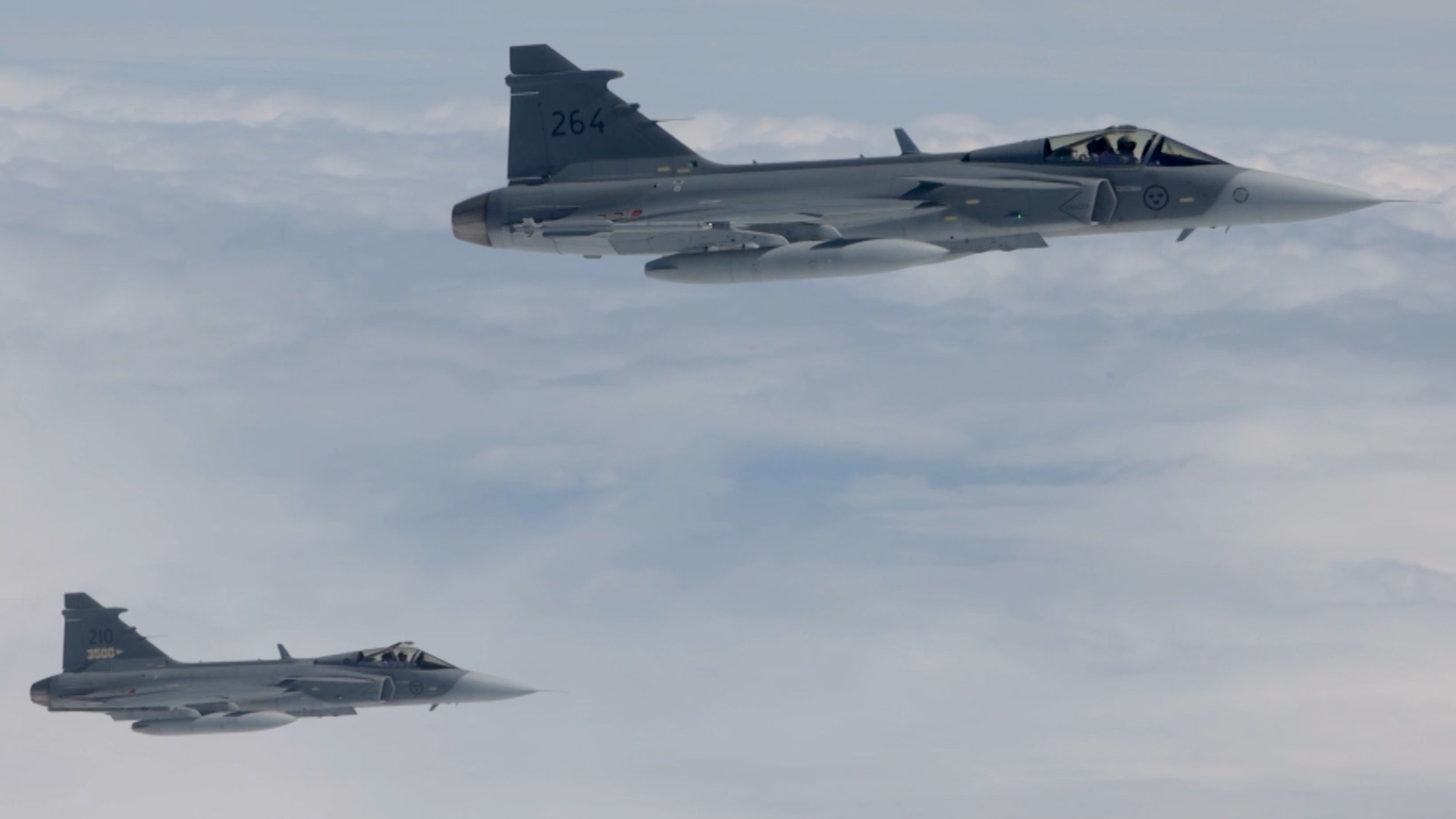
The Swedish pride themselves on being masters of 'dispersed operations' – operating from unfamiliar bases for short periods with fewer people, travelling with less kit.
This is something the UK forces are also trying to do.
Squadron Leader Fenella Allery, Senior Engineering Officer, 11 Fighter Squadron, said: "This exercise is part of the 11 Group vision for Agile Combat Employment (ACE).
"Whereas in the past Typhoons travelled with a significant amount more spares than equipment than what we've brought with us, we have just brought the minimum amount of tooling, we have a handful of spares, and a very small amount of GSE (ground support equipment).
"So, the footprint of this whole deployed exercise has been really really small, just to try and prove that concept of ACE and Typhoon's agility and ability to deploy anywhere in the globe."
Flight Sergeant Christopher Bell, 11 Fighter Squadron, said: "This is just another example of how we can pick up at short notice and move to a different part of the world."
He added: "We can put the jets on the ground, operate with them and put them back in the skies again."
British contribution
Head of the Swedish Air Force, Major General Jonas Wikman, highlighted the importance of the British contribution.
"The British contribution to the exercise is necessary for all the pieces of the puzzle to come together for a complex operation," he said.
Colonel Carl-Fredrik Edström added: "They bring a lot of things that are important. They have a lot of experience in operations abroad that we don't have in Sweden, especially.
"We really welcome Britain in this exercise. We have been planning for two years, so I'm really happy, in a happy mood at the moment."
The nations will now return home ready to work together in the skies above Europe should the need arise.

